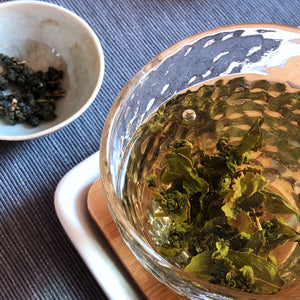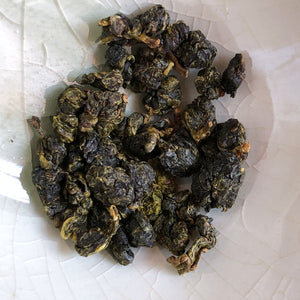
Everspring oolong tea
Tax included
Shipping calculated at checkout
In stock
Pickup currently unavailable
Everspring Oolong – Si Ji Chun (四季春), “Four Seasons Spring”
Si Ji Chun (Hungarian: “spring of the four seasons”) is one of the most popular modern oolong cultivars in Taiwan. The name refers to the fact that the plantation produces reliable, “spring-like” fragrant harvests all year round. The variety became known in the late 20th century and quickly spread, mainly in the Nantou and Baguashan areas, due to its stable quality and high yield. Its taste and aroma are characteristically floral (jasmine, gardenia), nectar-like sweet, slightly fruity and creamy in texture; the processing is mostly done with light (about 15–20%) oxidation, without roasting or with only a slight after-heating.
Origin & tea plant variety: Taiwan – typical growing areas: Nantou (e.g. Mingjian, Lugu) and Baguashan. Si Ji Chun is highly adaptable, producing intense aromas at both lower and higher altitudes, and is therefore now found in many gardens on the island.
Processing in brief: wilting → shaking/light insult → short oxidation (greenish style) → multiple rolling (into a pearl shape) → gentle drying; often without roasting to keep the floral character in focus.
Taste and aroma profile: jasmine, gardenia, light orchid; nectarine sweetness, fresh green-fruity notes (apple, pear), a hint of creaminess and mineral purity. The mouthfeel is medium-full, silky; the finish is clean, sweetly floral.
Why it's so lovable? An extremely friendly and "forgiving" oolong: easy to brew, yet holds up to many pours. It brings out the floral, fresh notes beautifully even when steeped cold. An ideal entry into the world of Taiwanese oolongs for beginners, and a fresh, everyday "comfort" tea for advanced tea drinkers.
Preparation suggestions
Asian (gongfu) method: 5 g tea / 100–120 ml gaiwan or small pot, 90–92 °C water. 1st infusion 15–20 sec, then gradually increase the time (8–10+ infusions). Tip: no rinsing necessary; short infusions bring out the purest floral layers.
Western method: 3 g / 300–350 ml, 88–92 °C, 2–3 minutes. ±30 seconds to taste. Can be re-steeped 1–2 times; the cup remains creamy-floral.
Cold brew: 8 g / 1 l filtered water, 6–10 hours in the refrigerator. Result: very clean, sweetly floral, low tannin drink.
Useful tips
Water: water with low mineral content brings out the most beautiful scent. Ratio: for a more intense cup 1:15 (tea:g), for a softer one 1:20. Storage: protected from light and foreign odors, tightly closed; most floral when fresh, but also ages nicely after a few months.
Pairing: light fruit desserts, white chocolate, citrus zest cakes.
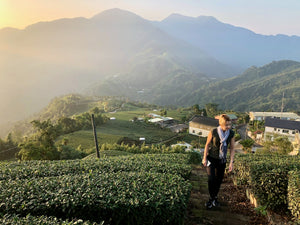
Personal contact
Our teas don't come from wholesale warehouses or unknown sources. We travel to the small producers we source from – whether it's a Japanese family tea garden, a Chinese mountain village or an oolong maker in Taiwan.
Stories
We meet them in person, learn their story, see how they care for their plants, and how they process the fresh leaves.
These experiences are the soul of our teas. This way, not only is the quality guaranteed, but also the fact that behind each cup there is a real person, a real story.
Direct
This direct relationship is valuable to us. Not only because of the excellent tea, but because we believe that trust, respect and personal presence are what make the tea drinking experience truly special.
Teavolution Tea Blog
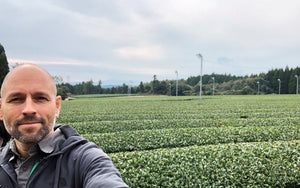
Oct 2, 2025
Sencha tea
Read more

Sep 21, 2025
Matcha hiány Japánban
Read more
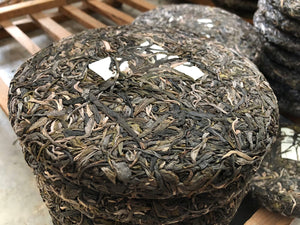
Mar 18, 2025
Puer tea, puerh or pu-erh
Read more
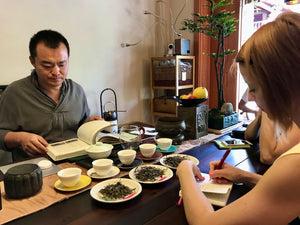
Mar 18, 2025
Types of tea
Read more
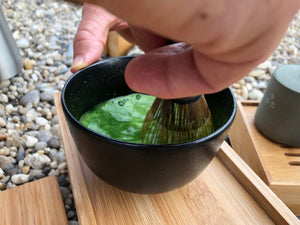
Mar 18, 2025
What is matcha tea?
Read more

Mar 18, 2025
Oolong tea (Wulong tea)
Read more

